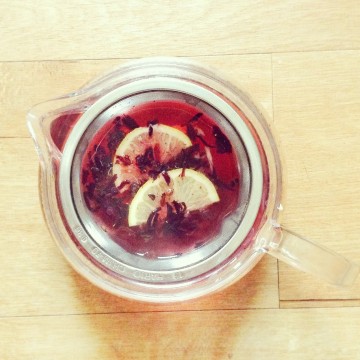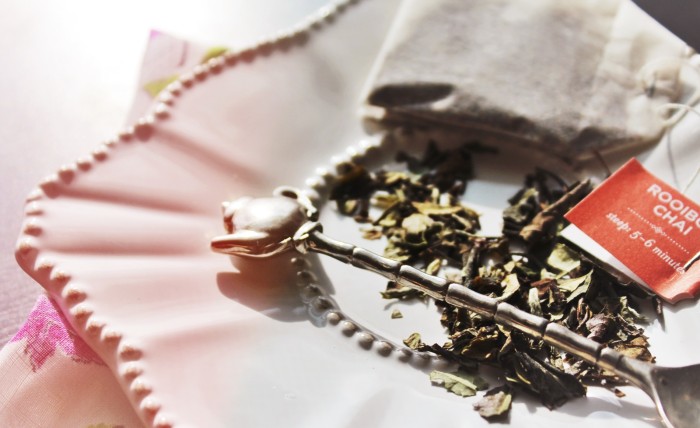I have long felt that somehow, in the deepest marrow of my person, I am a coffee person. For years, however, I’ve wanted to be a tea person as well. And yes, it is a bit peculiar that I feel my identity is so strongly tied to what beverage I consume, but my interest in tea is born of my interest in health. (Ditto my fascination with essential oils.)
Tea’s medicinal properties have long intrigued me. I’m seduced by the herbal detox blends available at the health food store, and I love brewing up a cup of antioxidant-rich rooibos and tossing in some fresh, peeled ginger—excellent for aiding digestion and fighting inflammation.
Yet, despite the many boxes of teas I’ve gone through, I’m still a tea dilettante—but I intend to change that!
I’ve gathered the following tea-brewing tips from people who do know what they’re doing. Would you like to try them with me?
How to Brew the Best Cup of Tea
It turns out that tea brewing is somewhat of an art. Each type of tea demands slightly different treatment, and variation in brewing can significantly effect the resulting flavor. The following are solid, general guidelines for making the best cup of tea.
Use high-quality tea. Seek out organic, fresh, and original handcrafted tea. The shelf-life of tea varies depending on the kind. Some stay fresh for only a few months while others can last up to two years. Tea should be stored in an airtight container in a dark, dry place.
A note on bags vs. loose leaf: Apparently, the tea in tea bags is often the “dust and fannings” of broken tea leaves. These broken leaves may have lost the essential oils necessary for a complex aroma and flavor. They may also release more tannins during the brewing process, making the tea more bitter. Finally, most tea bags do not allow adequate room for the tea leaves to expand, an important element in creating the right flavor. (Speaking as an amateur, I enjoy most tea that comes in bags, but the times I’ve experienced loose leaf tea—wow! So much complex flavor.)
Use high-quality water: Make sure your water is fresh and filtered. Do not re-boil water that’s been sitting in the kettle. Re-boiled water can taste flat. Blah.
Use the right vessel. Ceramic and glass pots are the best. Beware of metal pots; they can leech a tinny taste into the tea. (My kettle and infuser are both stainless steel, and I haven’t noticed a metallic taste, but again, amateur talking over here.)
Don’t burn your tea. Different teas require different water temperatures. White and green tea, for example, brew best with slightly cooler water. Lower water temps prevent the tea from oxidizing too much, resulting in a more complex flavor. (Kind of like lightly steamed veggies vs. overcooked veggies. Big difference!)
Black tea, however, responds better to hotter water. High temps help release more tannins in black tea, creating a more stable flavor.
Here’s a guide to steeping tea at the correct temperature.
Finally—and this was major news to me—don’t pour hot water directly over your tea. This can burn it. Rather, pour the water into your vessel then place the tea leaves into the water.
Do your math. The ratio of tea to water will vary depending on your taste preferences and the tea you’re using. This also applies to steep time. Generally, use about 1 teaspoon of tea for every cup (8 oz.) of water, and no tea should be steeped longer than 8 minutes. (This may sound horrifying, but I let my herbal teas steep to infinity and beyond.)
Try re-steeping. Many teas (excluding black tea) can be steeped a few times. You may even find that your re-steeped tea tastes even better!
Now get brewing! What’s your favorite tea? Any spring-worthy tea flavors you’re into?
Related: Benefits of Rooibos Tea + Breakfast Smoothie Recipe
5 Unusual Teas to Try and Their Benefits
Best Caffeine-free Beauty Teas
Photos: Mary Hood


